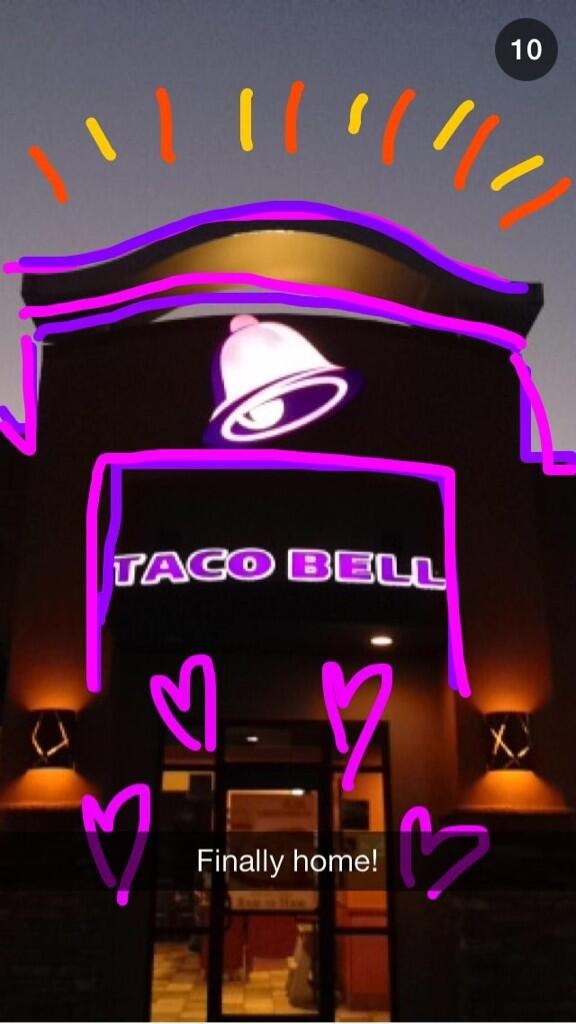For most adults, Snapchat sounds like so many cautionary tales waiting to happen. The app first came to light as something of a sexting service. As more users have signed on to it, the taboo-ness of Snapchat’s concept has waned considerably. We now know this isn’t just a sexting service and that in itself is not its appeal. The real reason why kids love Snapchat is because of its ephemerality.
Snapchat is eager to monetize the service and has the ability to experiment because the core idea behind the product appeals so much to how we naturally converse in real life. Brands should amenable to this growing phase so they can flourish right alongside the network.
Snapchat’s founders have begun to unveil their plans for how they plan to enact native ads on an app that remarkably lacks a feed. Snapchat co-founder and CEO, Evan Spiegel had some interesting ideas about monetization. Looking to Chinese company Tencent as a role model, users of Snapchat may soon being seeing product updates in a new kind of feed.
“The feed was probably the biggest innovation in social media of late. But the interesting thing about a feed is that the more content you consume, the farther in time you go,” said Spiegel at Disrupt SF in September.
With any potential mistakes erased in a matter of seconds and the current pool of brands utilizing the service being so small in number at the moment, it’s a wonder why more brands aren’t experimenting with Snapchat right now.
Karmaloop is a notable brand whose identity more closely resembles the ethos of Snapchat. They are unafraid to use the service in a saucy and risqué way. Taco Bell has been on board, using Snapchat’s new stories feature in cute and refreshing ways. The brand obviously sees ways to develop with consumers an affinity with the fast food brand in a place to market to teens almost exclusively.

Source: TechCrunch
